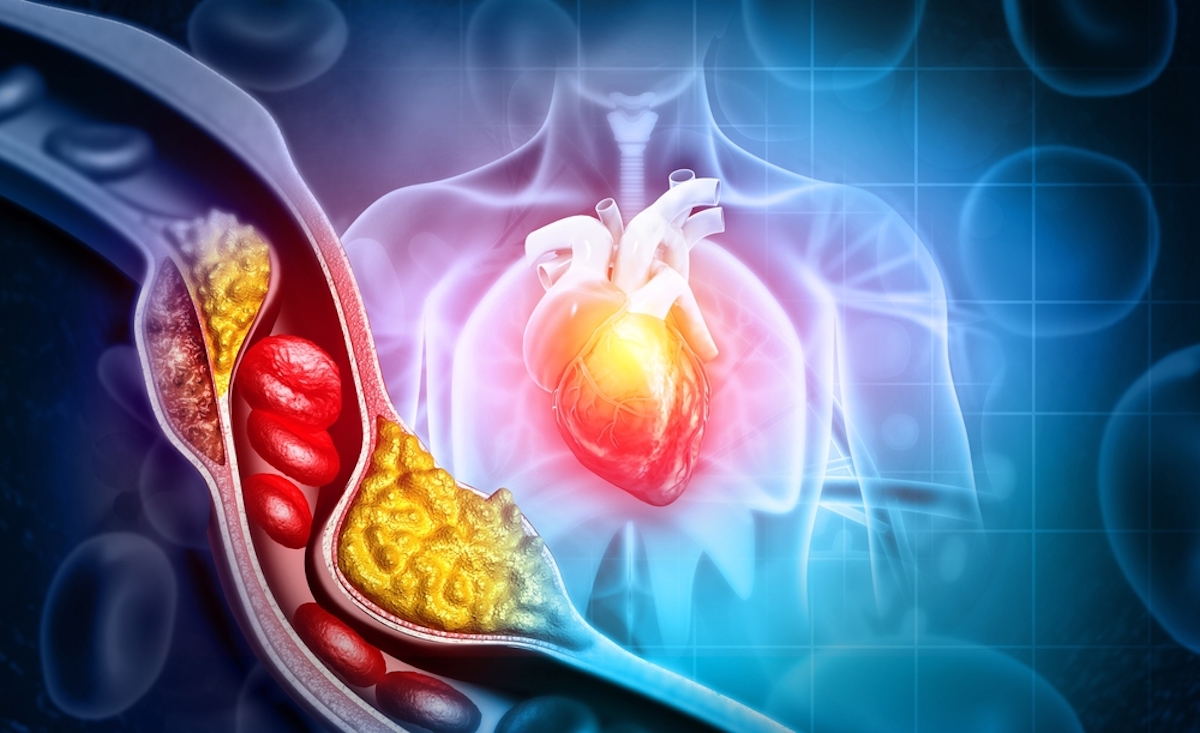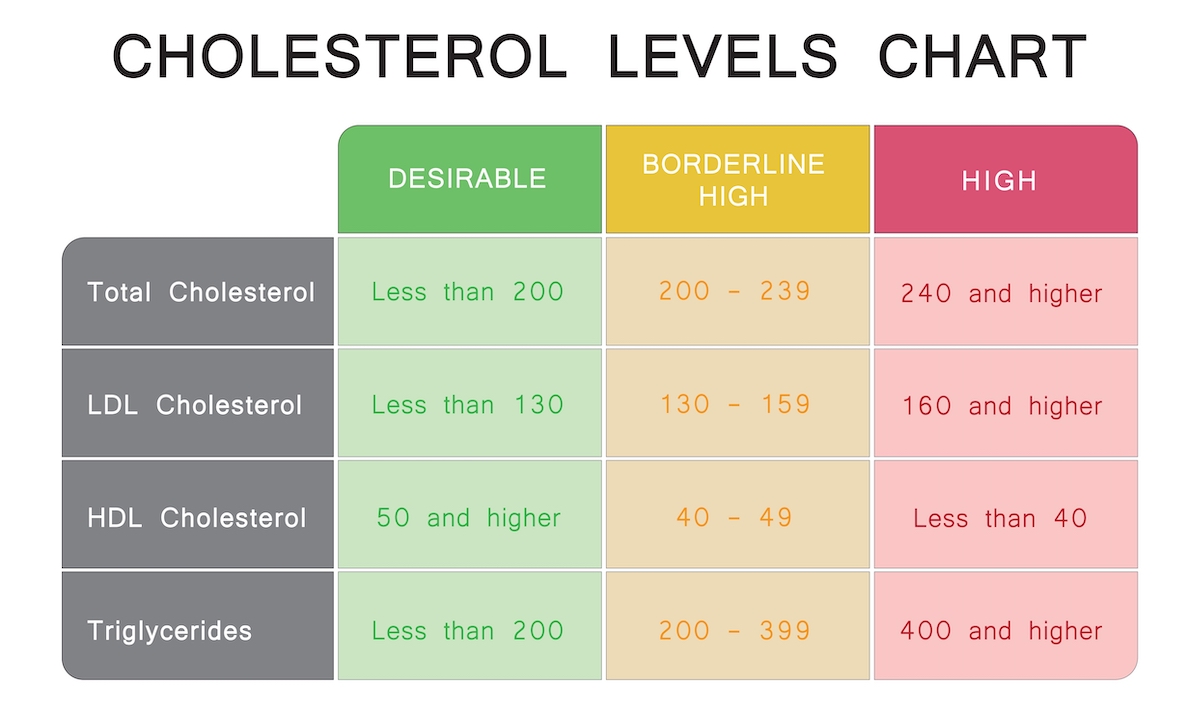Cholesterol, you might have heard of it, but do you know what it is and how important it is for our (heart) health? About 94 million Americans – age 20 or older – have cholesterol levels above 200 mg/dL and about a third of them have levels above 240 mg/dL. What is so harmful about this? High cholesterol can lead to heart disease and strokes. Which are the leading and fifth leading causes of death in the United States. The big question is, how do I know my cholesterol levels are too high, and when are they too high?

What Is Cholesterol, and What Does It Do to My Body?
To be honest: the cholesterol story can be a bit confusing because there is good cholesterol and bad cholesterol, but when is it what and why is it so important for my body? Some kinds of cholesterol are indeed crucial for your health, these are called “good” cholesterol, also known as high-density lipoprotein or HDL, and lower the risk of heart disease or stroke. “Bad” cholesterol – also known as low-density lipoprotein or LDL – increase the risks.
In addition, cholesterol also makes hormones and cells. Cholesterol moves through the blood on lipoproteins. When there is too much cholesterol in the body, HDL makes sure the excess cholesterol is disposed of to the liver, after which the liver breaks it down and works it out of the body. In other words, HDL helps your arteries clear out the cholesterol you don’t need. When you’ve too much cholesterol in your body, it can enter the artery wall and form atherosclerotic plaque. This build-up is called atherosclerosis and leads to the narrowing of the veins. This prevents the blood from flowing properly or sufficiently through the body.
You already read that too high cholesterol can lead to cardiovascular disease. Specifically, it can lead to blocked blood flow to your heart (coronary artery disease), blocked blood flow to your legs and arms (peripheral artery disease), and blocked blood flow to your brain (carotid artery disease). Blocked arteries can eventually lead to a heart attack or stroke, which can cause your death.
Cholesterol Levels Chart
The big question is: when are my levels too high? A healthy cholesterol level is when your cholesterol levels are less than 200 mg/dL. Your LDL should be lower than 130 mg/dL and HDL should be higher than 50 mg/dL. The higher your HDL levels the better, because they do all the hard work in your body, while LDL cholesterol only causes problems. When your total cholesterol is between 200 and 239 mg/dL, you should make some changes in your lifestyle. It gets even more dangerous when your total cholesterol is 240+ mg/dL.

How to Lower Your Cholesterol Levels
Are your levels too high? Don’t worry, if you get there in time you can start lowering your levels. Much of it has to do with lifestyle changes. These lifestyle changes include:
- Eat (heart-)healthy; skip high saturated and trans fat foods, like butter, cuts of meat, chips, or hydrogenated margarine. Eat products packed with omega-3 fatty acids, unsaturated fats, and high fiber.
- Exercise more
- Quit smoking as soon as possible
- Keep a healthy weight
- Manage your high blood pressure and high blood sugar
- Learn how to deal with stress
Unfortunately, sometimes this isn’t enough and there are also a lot of people who suffer from familial hypercholesterolemia, which means that it has nothing to do with this because they have a genetic disorder in which the level cannot drain excess LDL cholesterol. Thankfully there are also prescribed cholesterol-lowering medication options.
How To Recognize High Cholesterol
Unfortunately, there are no symptoms of high cholesterol. Cholesterol plaque build-up happens silently which means that you’ll know when it’s too late and damage is caused. This is why it’s important to regularly check your cholesterol levels, and know how to keep your body healthy. Cholesterol tests are done by your professional healthcare provider.

